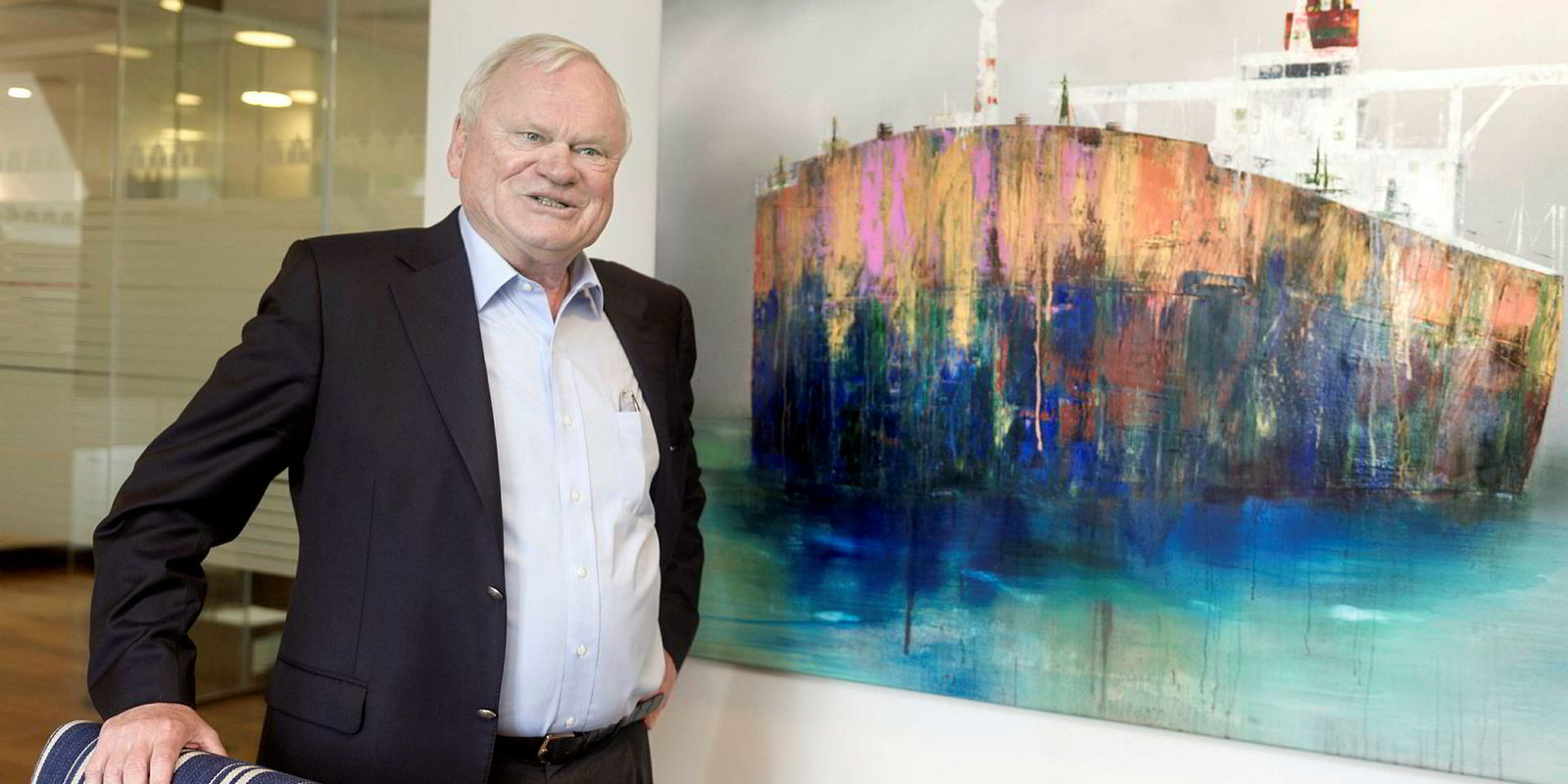John Fredriksen’s Flex LNG has inked a sale-and-leaseback deal with Hyundai Glovis for a pair of modern vessels as part of a $550m financing package.
Flex LNG, which is eyeing a US listing, valued the 10-year transaction to refinance bank debt on the two ships at $420m.
Oystein Kalleklev, chief executive of Flex LNG, said the deal secured long-term financing at attractive terms and would boost the company’s cash position by more than $100m.
“With the two financings, we are very well capitalised to take delivery of our remaining newbuildings,” he said.
“Cash break-even levels of less than $50,000 on average for these two financings demonstrate our ability to raise competitive and long-term financing from a diverse set of funding sources."
The latest transaction involves the 173,000-cbm Flex Endeavour and Flex Enterprise (both built 2018), which will both be open to the spot market in the present quarter.
Expanding sources of capital
It is the second time that Flex LNG has funded ships using the leaseback route after a similar structure was put in place for the 174,000-cbm Flex Rainbow last year.
However, the previous leaseback was with a traditional Chinese counter party and involved a bareboat charter, while the Glovis deal sees Flex LNG take the ships on time charter.
While Fredriksen companies generally have access to bank debt in a constrained market, Kalleklev said the 10-year tenor of the leaseback is double what is typical for traditional loans.
“These shorter loan tenors for bank loan leaves the customer with increased refinancing risk,” he said.
Kalleklev reasons a capital-intensive business such as LNG shipping means companies need several sources of funds to avoid being overly reliant on the stressed banking market.
Flex LNG has also secured conventional bank debt worth $250m for the Flex Constellation and Flex Courageous, which will be delivered in June and August this year, it announced today.
The banks and the terms of the facility were not disclosed in a statement to the Oslo Stock Exchange.
Chinese banks cutting back
The finance comes at a time that Kalleklev has noted a tightening of bank debt available from Chinese lenders amid the capital demands of Beijing’s flagship Belt and Road Initative.
An emergence of Chinese lenders has helped fill the industry's funding gap created by the withdrawal of European banks from shipping following the financial crisis.
Kalleklev said Chinese banks have been flush with dollars for many years, helping to fund the shipping sector and others — however the dynamic has changed.
“With $1trn expected to be financed through [the] Belt and Road Initiative [in] the next decade and most of this denominated in dollars, the capacity for ship finance will probably be less going forward,” Kalleklev wrote on his LinkedIn profile.
His post was accompanied by a Wall Street Journal article, which noted China’s major banks running low on the US dollars they need for activities both at home and abroad.
According to data from Clarksons, Asia-Pacific banks accounted for 33% of the $355.3bn lent to shipping in 2016, with Bank of China and the Export–Import Bank of China two of the top three lenders in the industry — behind only DNB.
The Asia-Pacific contribution was up from 14.8% of the $449.8bn lent to shipping back in 2010, Clarksons’ numbers show.
European banks saw their contribution to the shipping loan book fall from well over 80% at the start of the last decade to only two thirds in 2016.







